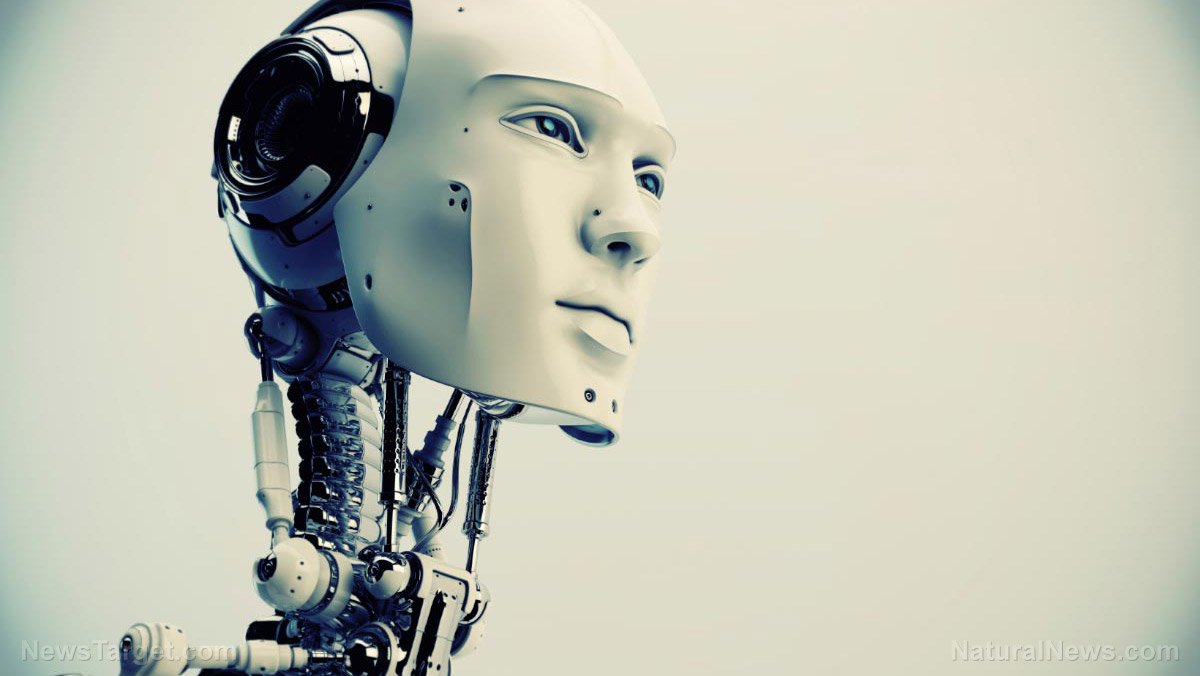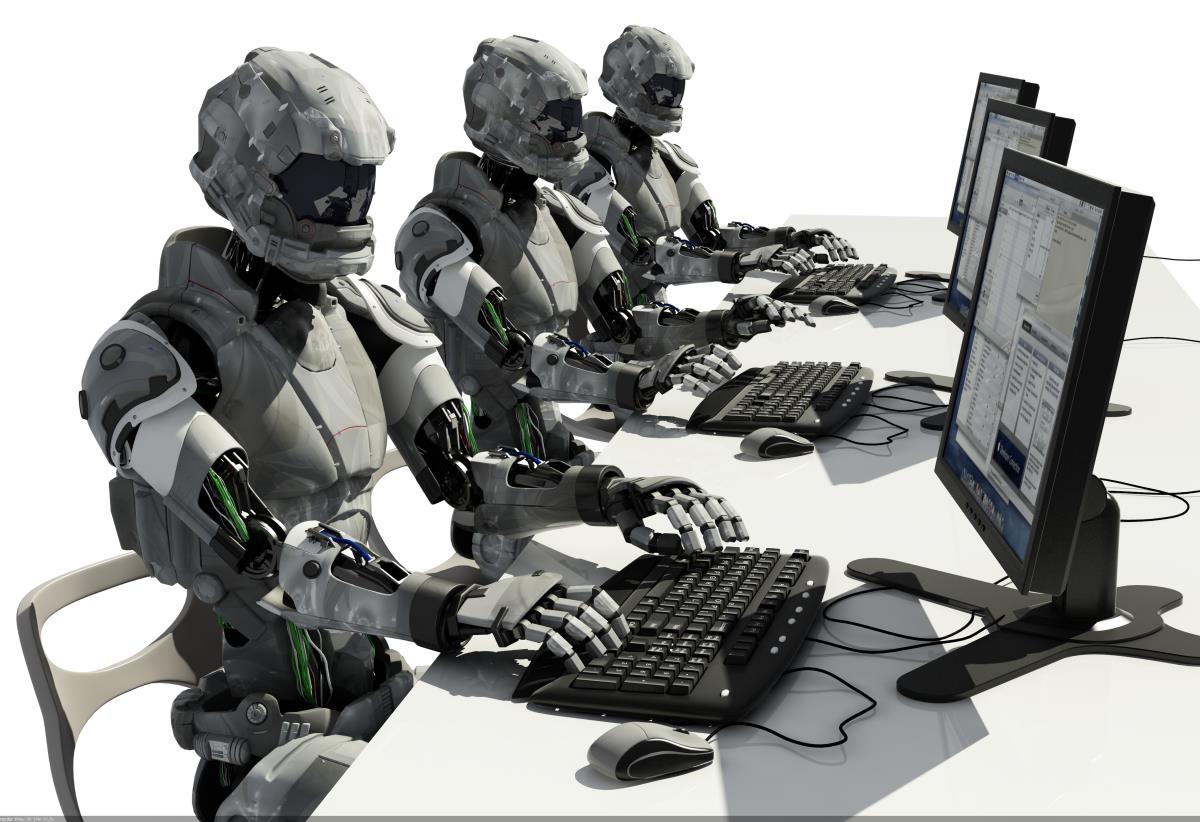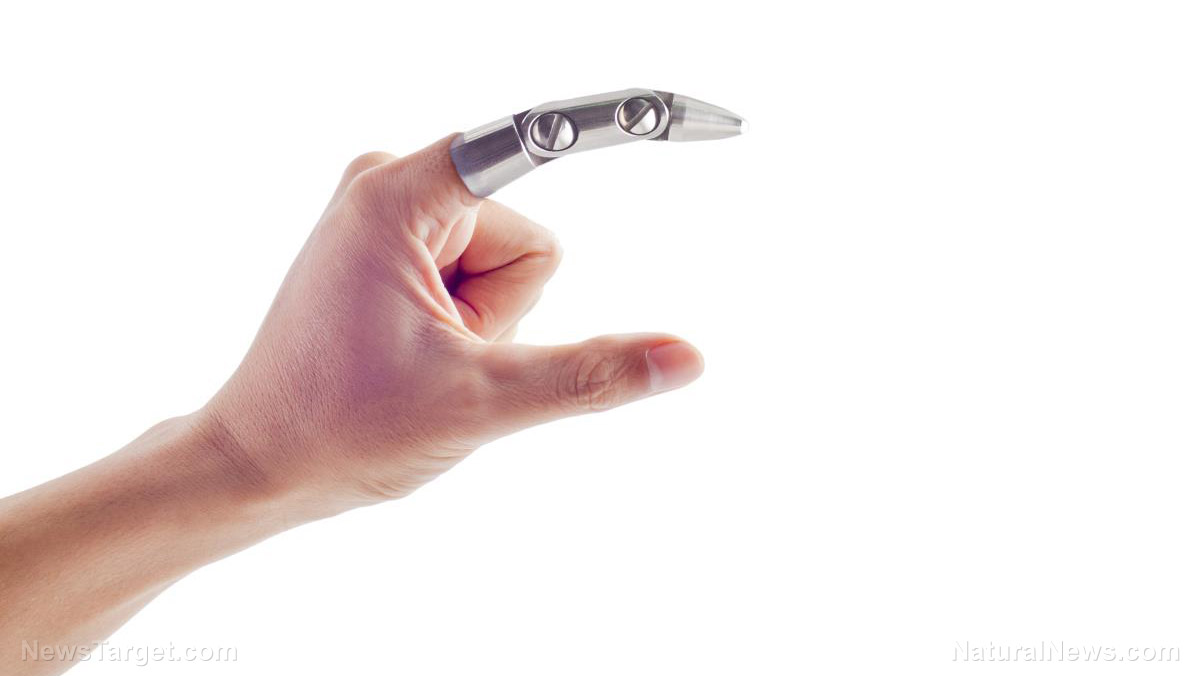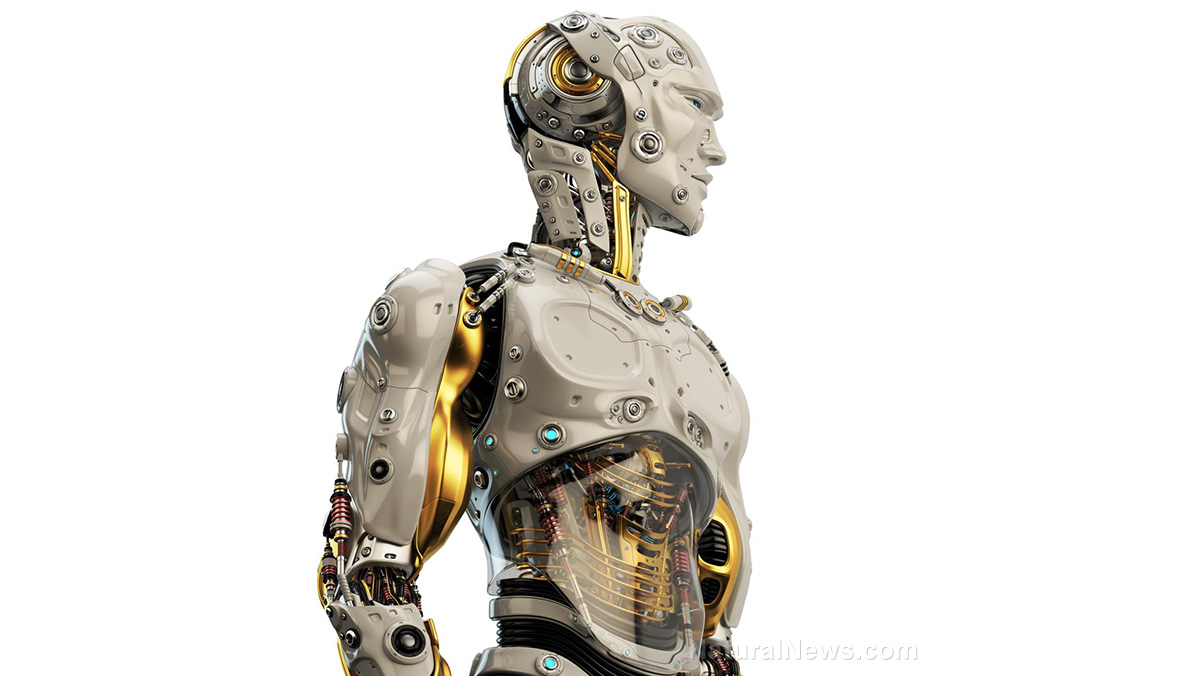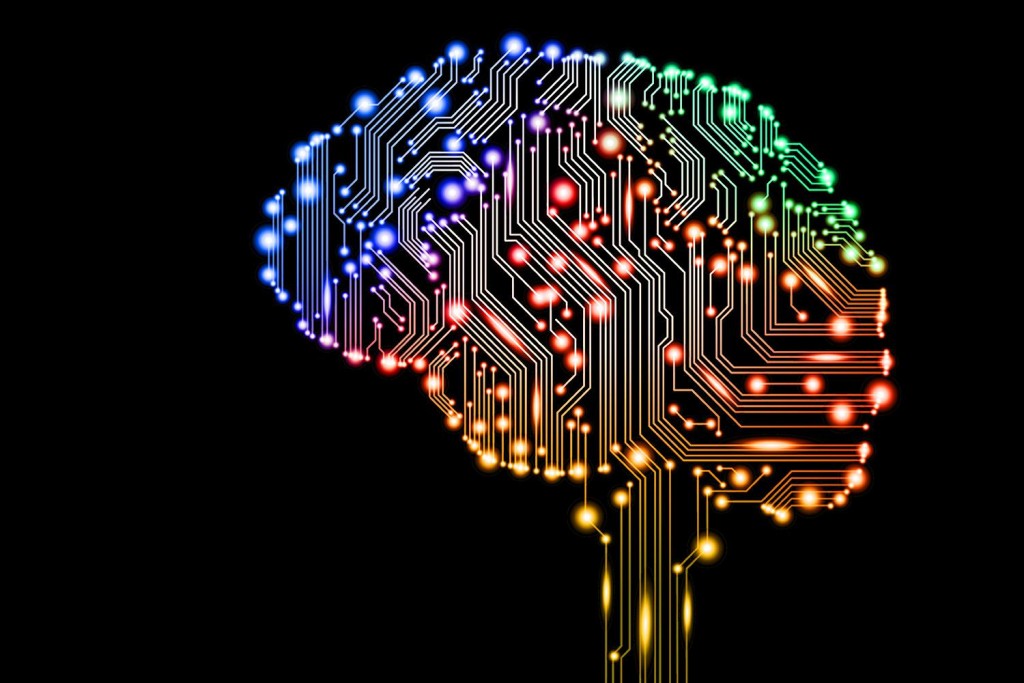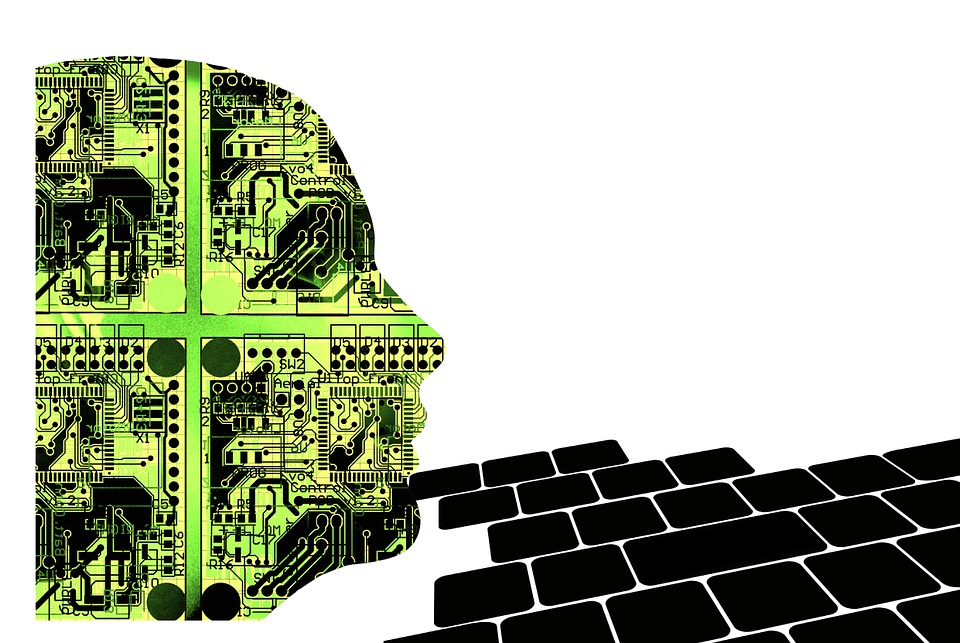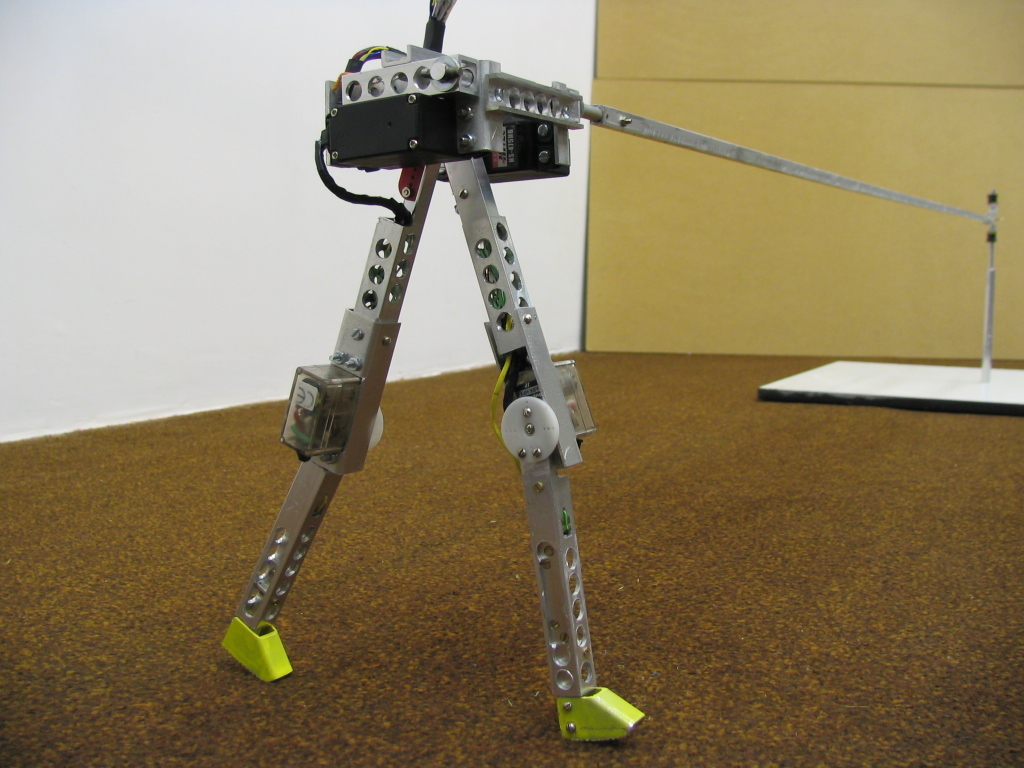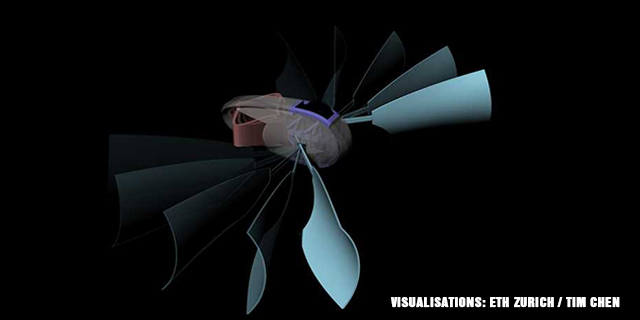Meet DRAGON, a shape-shifting flying robot that moves like a snake and can squeeze through tight spaces
09/08/2018 / By Edsel Cook
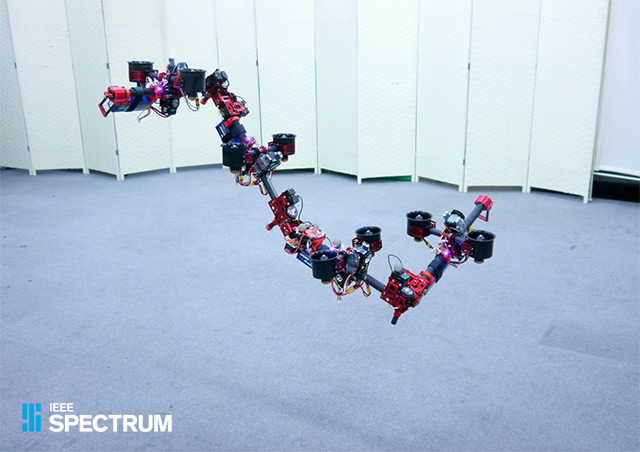
Japanese researchers have created the closest thing to a real-life Transformer. The aptly-named DRAGON is an autonomous flying robot that can adjust the snake-like shape of its body in order to pass through tight spaces and accomplish tasks, an article in IEEE Spectrum stated.
Navigating indoors is a big challenge for flying robots. There are far too many things that can accidentally get in the robot’s way, causing it to get damaged or even destroyed.
Solutions including shrinking the size of the robot so that it can squeeze through tight spaces or encasing them in protective cages. The former option ends up making the machine too small to effectively manipulate its environment while the latter will make it difficult for the robot to interact with items outside of its cage.
So a research team at the Jouhou System Kougaku Laboratory of the University of Tokyo (UTokyo) created a new flying robot that was tough enough to dispense with the cage, sufficiently big and strong for labors like picking up objects, and small and agile enough to avoid obstacles and move through cramped spaces. They gave it a very long and technical name, which they abbreviated to DRAGON. (Related: The latest prototypes of flying cars do not require a pilot or piloting skills.)
The DRAGON robot flies and transforms on its own
A flying robot that is shaped like a snake, DRAGON can fly thanks to a series of ducted fans. Its modular body allows it to transform in mid-flight; it can assume a shape that is best for the job at hand.
The prototype is made up of four modules. Each individual module mounts a pair of ducted fan thrusters on either side. A thruster can direct its thrust in almost any direction. When all of the thrusters work in tandem, they provide precise control of the robot’s pitch and roll.
Hinged joints serve to link the modules together. Power is provided by a battery pack that runs along the spine of the robot. The battery has enough juice to last three minutes of flight time. An Intel Euclid computer serves as the electronic brain of the robot.
DRAGON debuted at the 2018 International Conference on Robotics and Automation (ICRA) event. In a quick demonstration, it took off from the ground and transformed into different shapes, such as a straight line, a box, and the capital letter “L.” It can also form more complicated 3D shapes in the middle of its flight.
A flying robotic arm that can work on its own
The UTokyo researchers explained that DRAGON can fit through tight passageways by changing its shape. The flying robot can coil or curl its body so that it can squeeze its way through winding paths.
Furthermore, the autonomous robot can make a decision without the need for a cue from humans.
The benefits of transformation are not just limited to getting in and out of tight fits. Its creators say DRAGON can serve as a multi-actuator flying arm. When it transforms, it could use those shapes to interact with its surroundings.
DRAGON could curl its multi-module body around an object like a snake. Or it could use its front and rear ends as the prongs of a gripper so that it can pick up a delicate object.
The final version could have up to 12 interlinked modules, allowing DRAGON to grip and carry large objects.
“A breakthrough in hardware design which, in a beautiful way, connects a manipulation arm with a ducted fan-driven aerial robot,” is how JSK Laboratory researcher Fan Shi summarized the project.
You can read more stories about flying robots, transforming robots, and transforming flying robots at Robotics.news.
Sources include:
Tagged Under: autonomous robots, drones, flying robots, future science, future tech, indoors, inventions, military technology, robot technology, robotics, robots, Snake Robot, transforming robots, weird science




